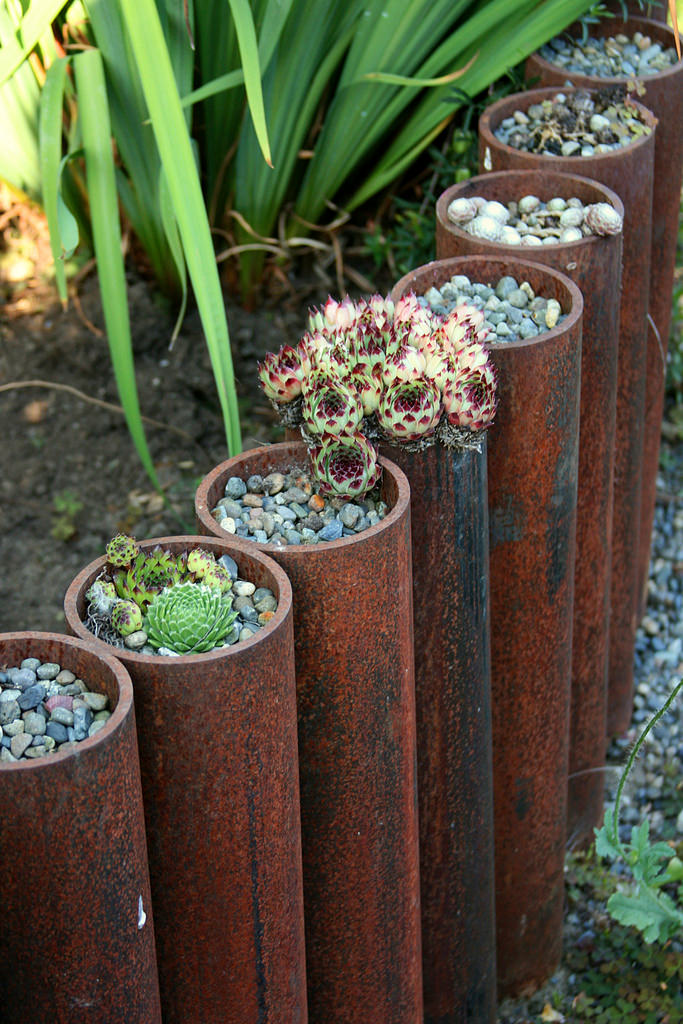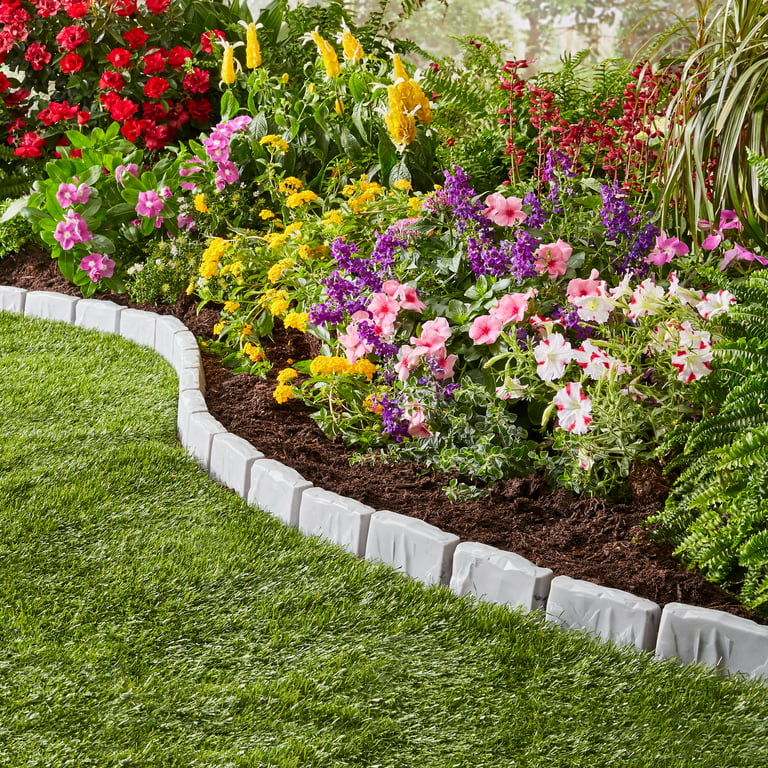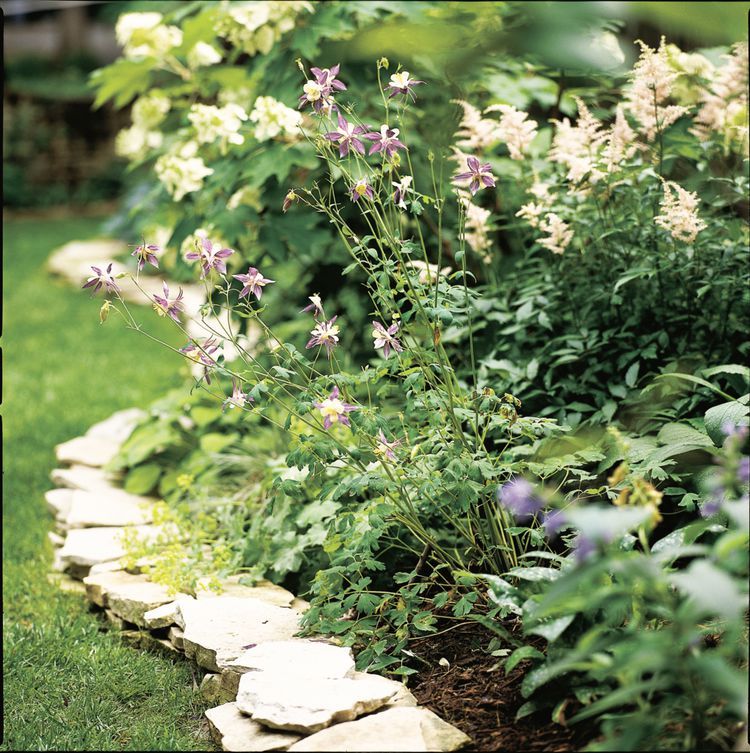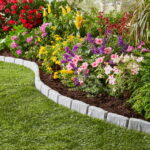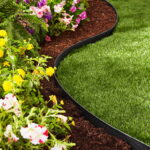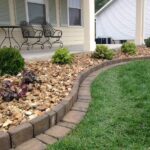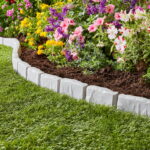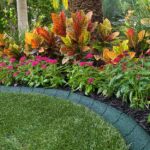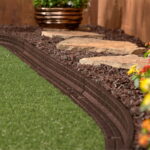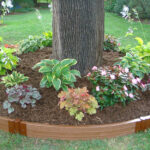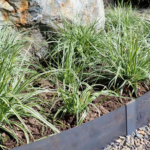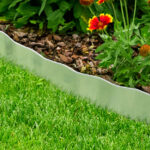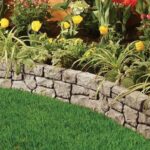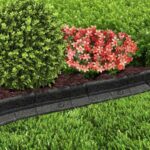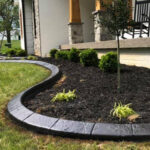Landscaping edging is an essential element of any outdoor space design, as it helps create clean, defined borders between different sections of a garden or yard. Whether you have a flower bed, a pathway, a patio, or a lawn, edging can help enhance the overall look and functionality of your landscape.
There are various materials that can be used for landscaping edging, including metal, brick, concrete, wood, and plastic. Each material has its own unique advantages and drawbacks, so it’s important to consider factors like durability, cost, and aesthetic appeal when choosing the right type of edging for your landscape. Metal and brick are popular choices for a more permanent and elegant look, while plastic and wood are easier to install and more budget-friendly options.
In addition to creating a crisp and tidy appearance, landscaping edging serves practical purposes as well. It helps prevent grass, weeds, and other plants from encroaching into flower beds and other areas, reducing the need for constant trimming and maintenance. Edging also provides a barrier that prevents soil erosion, keeping mulch and soil in place during heavy rainfall or watering.
Proper installation of landscaping edging is crucial to ensure its effectiveness and longevity. Before beginning the installation process, it’s important to outline the area where the edging will be placed, using a garden hose or spray paint to mark the desired border. Then, dig a trench along the marked boundary and insert the chosen edging material securely into the ground, making sure it is level and straight.
Maintenance of landscaping edging is relatively simple and mostly involves regular cleaning and occasional adjustments. Remove any debris, dirt, or grass clippings that may accumulate along the edging to keep it looking neat and well-maintained. If the edging begins to shift or loosen over time, simply reposition it and secure it back into place with additional stakes or screws as needed.
Overall, landscaping edging is a versatile and practical addition to any outdoor space that can help enhance the visual appeal and functionality of your landscape. By choosing the right material, installing it properly, and maintaining it regularly, you can create a polished and cohesive look that ties together your garden or yard beautifully.
